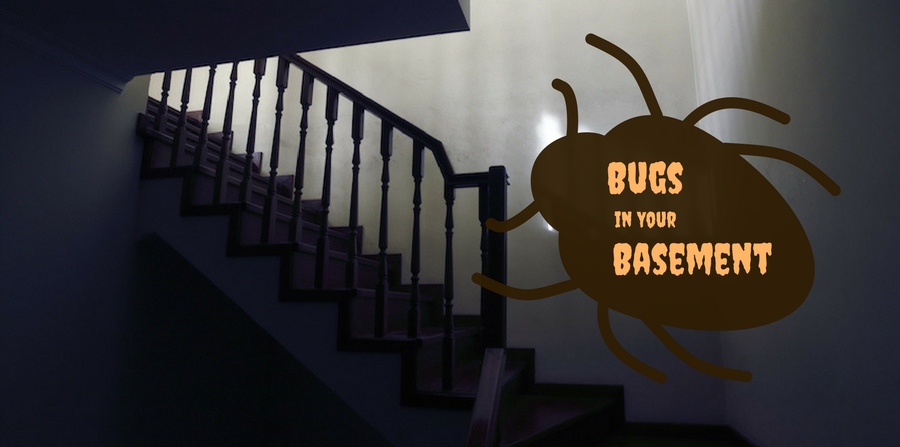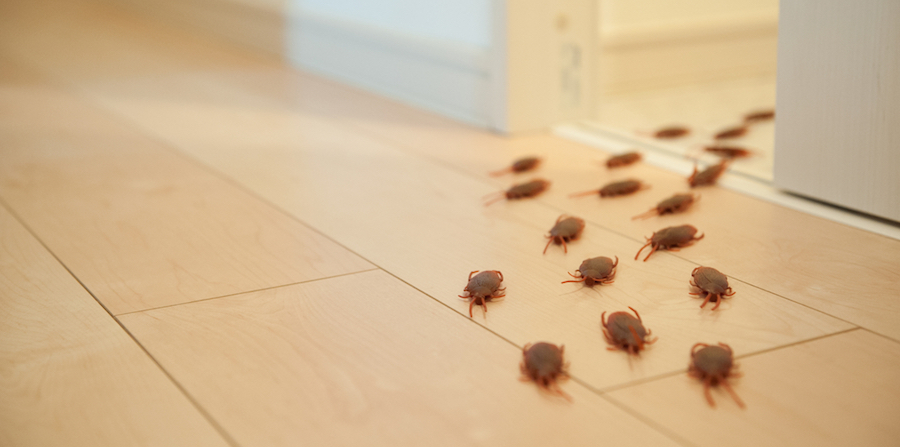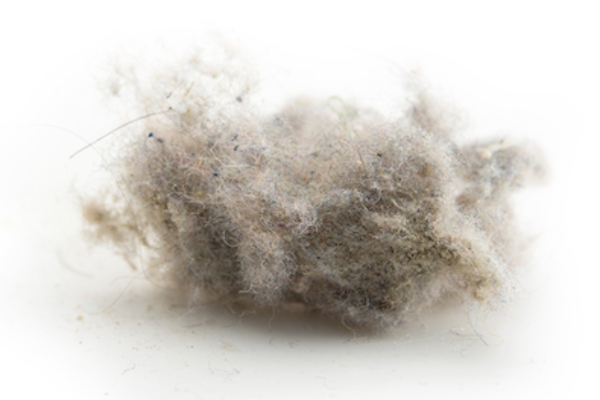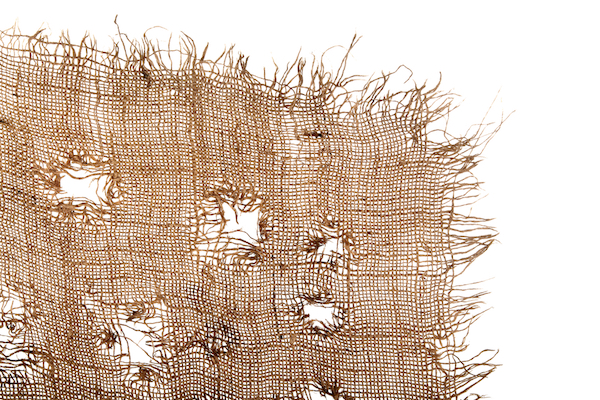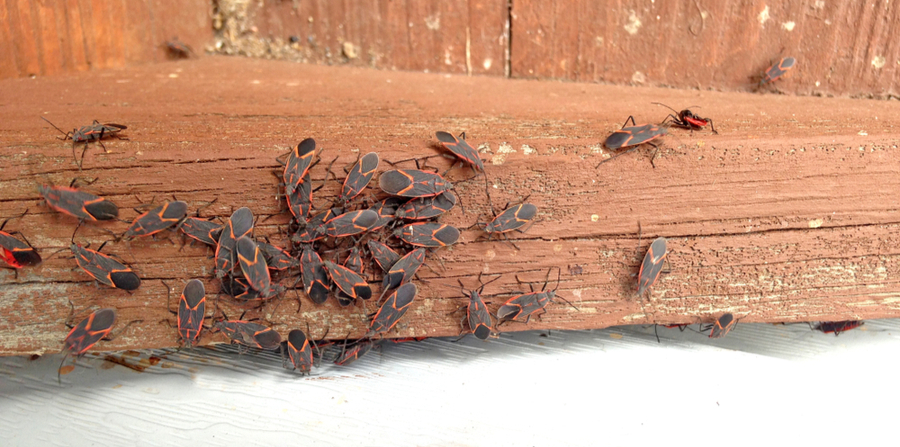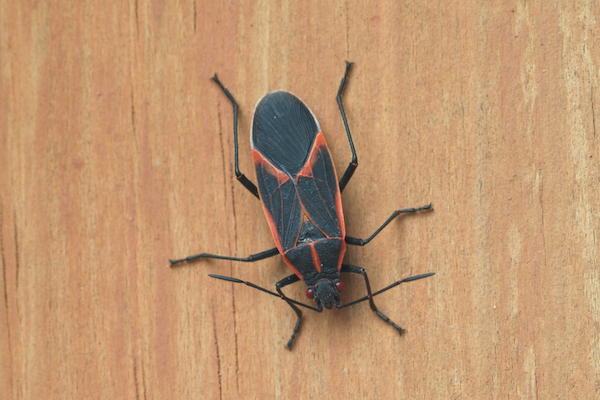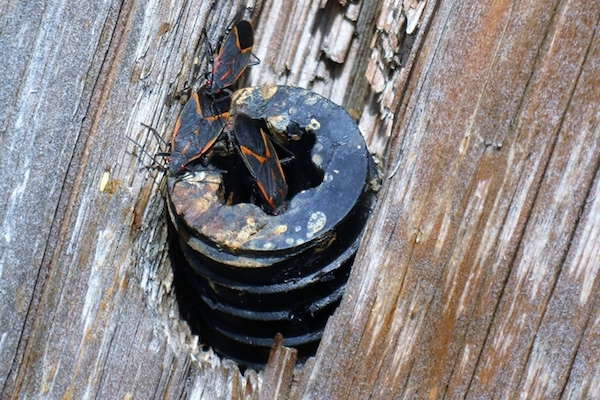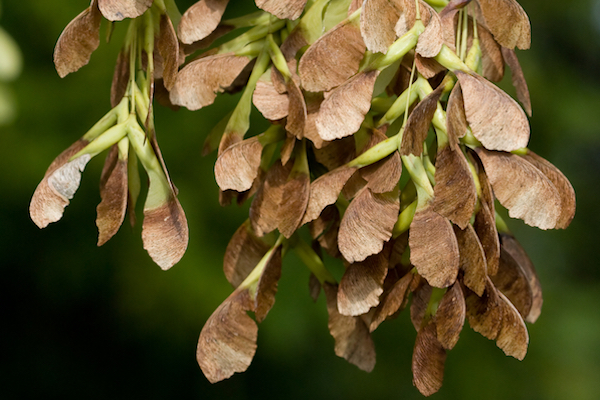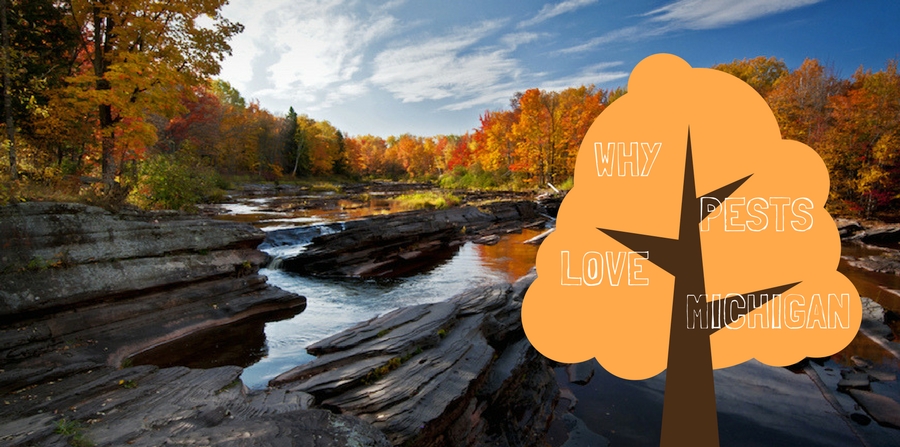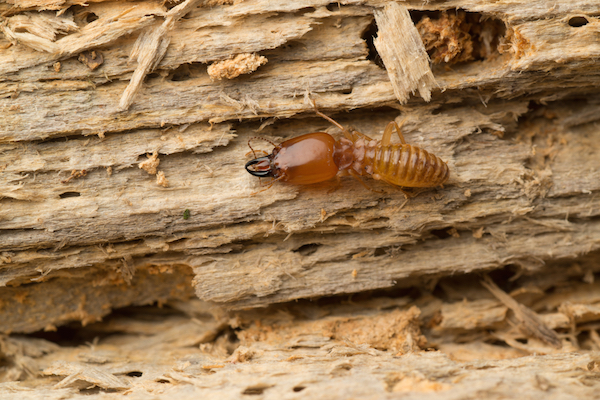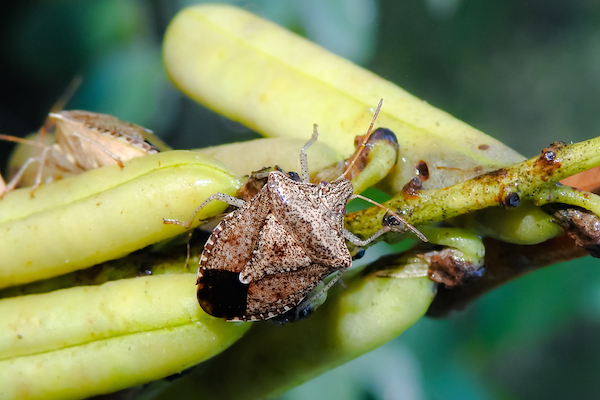Bugs LOVE a basement. They’re dark, quiet, warm, and usually pretty humid to boot. If you have a bug infestation in your home, chances are they’re hanging out downstairs. Basements are a little spooky even under better circumstances, so we’re guessing you’re not terribly pleased to hear this.
There’s more bad news. Some bugs like basements more than others. The ones that really like basements are some of the freakiest-looking bugs around. Before you burn your house down, however, consider: these bugs are mostly terrifying because you don’t understand them. They aren’t the most dangerous pests in Michigan, or the scariest, or even the most stubborn. They’re just the freakiest ones that are here. This is everything you need to know about the monsters in your basement. The more you know, the less afraid you’ll be (we hope).
Earwigs
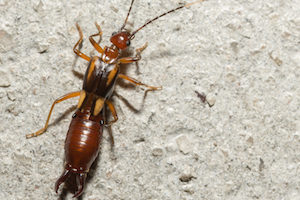 We’ll grant you: earwigs look like they crawled directly out of a nightmare. They’re about two inches long, with dark brown, reddish bodies, creepy light orange extremities… and GIANT PINCERS ON THEIR BACKSIDES. Earwigs are actually harmless to humans (and definitely don’t crawl into people’s ears) but… yeah, we get why you’d want to give them a wide berth. These insects love basements because they’re attracted to darkness and humidity. They feed on decaying plant material and sometimes hunt other insects.
We’ll grant you: earwigs look like they crawled directly out of a nightmare. They’re about two inches long, with dark brown, reddish bodies, creepy light orange extremities… and GIANT PINCERS ON THEIR BACKSIDES. Earwigs are actually harmless to humans (and definitely don’t crawl into people’s ears) but… yeah, we get why you’d want to give them a wide berth. These insects love basements because they’re attracted to darkness and humidity. They feed on decaying plant material and sometimes hunt other insects.
Earwigs can’t fly or climb very well, so if they entered your home, they did it from the ground level. They usually find cracks near window wells and frames, or cracks in the foundation of the home. Earwigs often end up behind wallpaper or crammed into basement insulation after they sneak through low gaps. If you have earwigs in your home, it’s probably because your basement has a humidity problem. Consider investing in a dehumidifier and look for leaks.
Silverfish
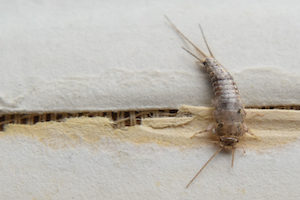 Silverfish are those tiny, silver-grey insects that really look more like shrimp than fish or bugs. Their long, thin bodies wiggle back and forth when they crawl, making it look like they’re swimming. “Silver” because of the color. “Fish” because of what they look like. Like earwigs, silverfish love moisture. They’re also attracted to warm and dark places where they can move around without being bothered. Silverfish are nocturnal, so chances are you’ll only see them at night.
Silverfish are those tiny, silver-grey insects that really look more like shrimp than fish or bugs. Their long, thin bodies wiggle back and forth when they crawl, making it look like they’re swimming. “Silver” because of the color. “Fish” because of what they look like. Like earwigs, silverfish love moisture. They’re also attracted to warm and dark places where they can move around without being bothered. Silverfish are nocturnal, so chances are you’ll only see them at night.
Silverfish eat the starch naturally found in materials like paper, cotton, glue, carpeting, and other common household materials. They may also destroy clothing. Silverfish make use of their tiny size and thinness to get into homes. Usually, they sneak through narrow gaps in baseboards or flooring. They may even live inside walls if they can find a wide enough pathway. Humidity control is important for controlling silverfish, as is temperature control. Silverfish need temperatures of over 60℉ to breed.
Pillbugs
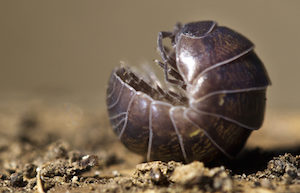 Pillbugs are very small, black bugs that are about as wide as they are long. Their backs are made up of seven overlapping, segmented plates that look hard and shiny, like a beetle’s shell. Pillbugs roll into a ball to protect themselves when threatened. These “bugs” (they’re actually related to crabs!) are a common sight in gardens. They consume decaying vegetable matter beneath the top layer of soil. Most pillbugs live bury themselves several inches under soil, because they’re very temperature sensitive.
Pillbugs are very small, black bugs that are about as wide as they are long. Their backs are made up of seven overlapping, segmented plates that look hard and shiny, like a beetle’s shell. Pillbugs roll into a ball to protect themselves when threatened. These “bugs” (they’re actually related to crabs!) are a common sight in gardens. They consume decaying vegetable matter beneath the top layer of soil. Most pillbugs live bury themselves several inches under soil, because they’re very temperature sensitive.
Pillbugs can’t climb sheer surfaces, so they only enter basements via the ground level of the home. Usually, they’ll find gaps under the soil, around baseboards, foundations, or siding. Once inside, pillbugs generally cover themselves by hiding under furniture, boxes, or other clutter. Pillbugs can only survive in a basement if they have a source of moisture. Check for plumbing leaks, condensation, or puddling, especially around corners and the bottom of the wall.
House Centipedes
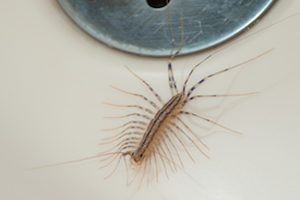 If basement pests are monsters, then you probably think of this guy as the “big bad”. House centipedes are inch long, tan-yellow bugs with very long longs. Those legs enable the bug to move very quickly, often in a rapid, darting motion. House centipedes are nocturnal predators that use their speed and venom-injecting claws to hunt other insects. These centipedes are capable of using these claws to “sting” humans too. The venom injected isn’t serious, but it hurts like a bee sting would.
If basement pests are monsters, then you probably think of this guy as the “big bad”. House centipedes are inch long, tan-yellow bugs with very long longs. Those legs enable the bug to move very quickly, often in a rapid, darting motion. House centipedes are nocturnal predators that use their speed and venom-injecting claws to hunt other insects. These centipedes are capable of using these claws to “sting” humans too. The venom injected isn’t serious, but it hurts like a bee sting would.
House centipedes commonly follow their prey into homes through gaps near windows or cracks in the flooring or siding. Once they’re inside, they spend their days hiding and their nights hunting. Like most of the pests on this list, house centipedes love moist environments. Check for leaks and puddles in your basement, and consider a dehumidifier. Patching gaps may help with the humidity problem and deprive bugs of their access points at the same time.
We hope this blog helps you feel less afraid of venturing into the dark abyss that is your basement at night. Even if it doesn’t, however, at least now you can take action? Remember: your basement is your turf, not those bug’s. Even if house centipedes are just about the scariest things ever.
If you ever decide you need a little help with your basement monster slaying, feel free to call Griffin Pest Control anytime. We’re always happy to lend you our sword.

